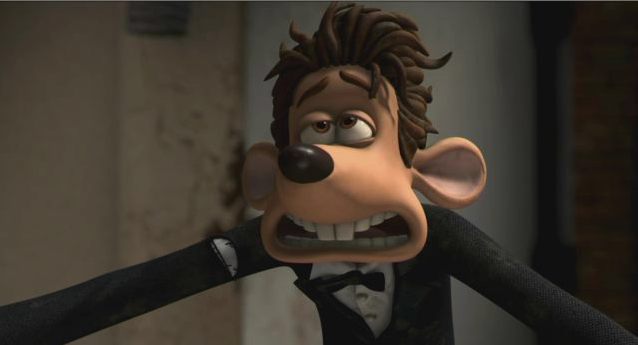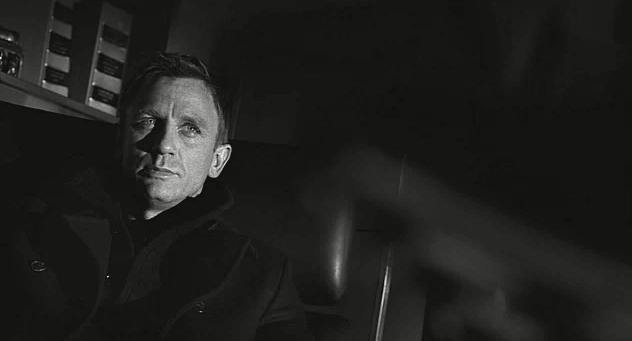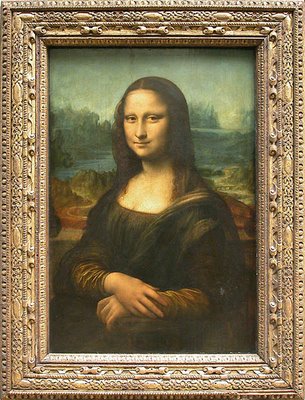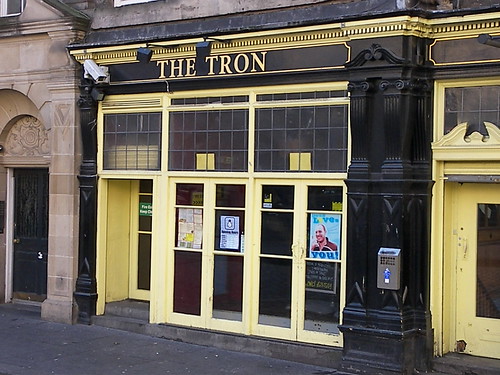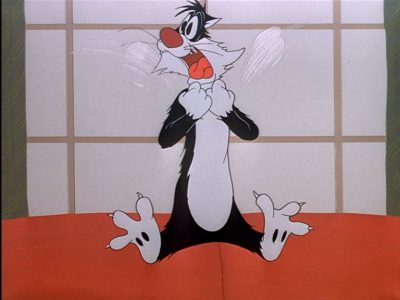This essay was originally published in a somewhat different form in Animation Journal,Volume 13, 2005.
The relative scarcity of serious theoretical writing on animation in the early years of establishing film studies as a discipline has fundamentally influenced the nature of animation theory. In this essay I wish to highlight one such oversight: the dearth of writing on realism in animation.1 By this, I mean theory that looks at the way in which the animated depiction of reality resembles the actual physical world, and the implications that the similarities and differences between the representation of the cartoon and the actual experience of life in the real world have for the way in which cartoons are understood. This is an extremely wide area of study, and I cannot attempt to outline a realist theory of animation here. Rather, I want to briefly outline some contrasts between classical notions of film realism (developed with reference to live-action cinema), and the ways in which writers on animation have discussed the subject. Much writing on animation is structured around certain assumptions and arguments about animation’s relation to the real. With a few exceptions, however, these arguments tend to be made implicitly. I wish to make explicit some of the approaches to realism that occur in writing on animation, and to extend the existing work that has explicitly acknowledged the realism question. A single unifying theory of animated realism is, I believe, no more achievable or helpful than attempts to outline a realist theory of live-action cinema. However, the study of live-action cinema was given a robustness by the variety of early theorists who posed alternative competing theories about cinema’s relation to the real. I want to outline a vocabulary, and make some preliminary comments, to allow similar approaches to animation.
Continue reading →
